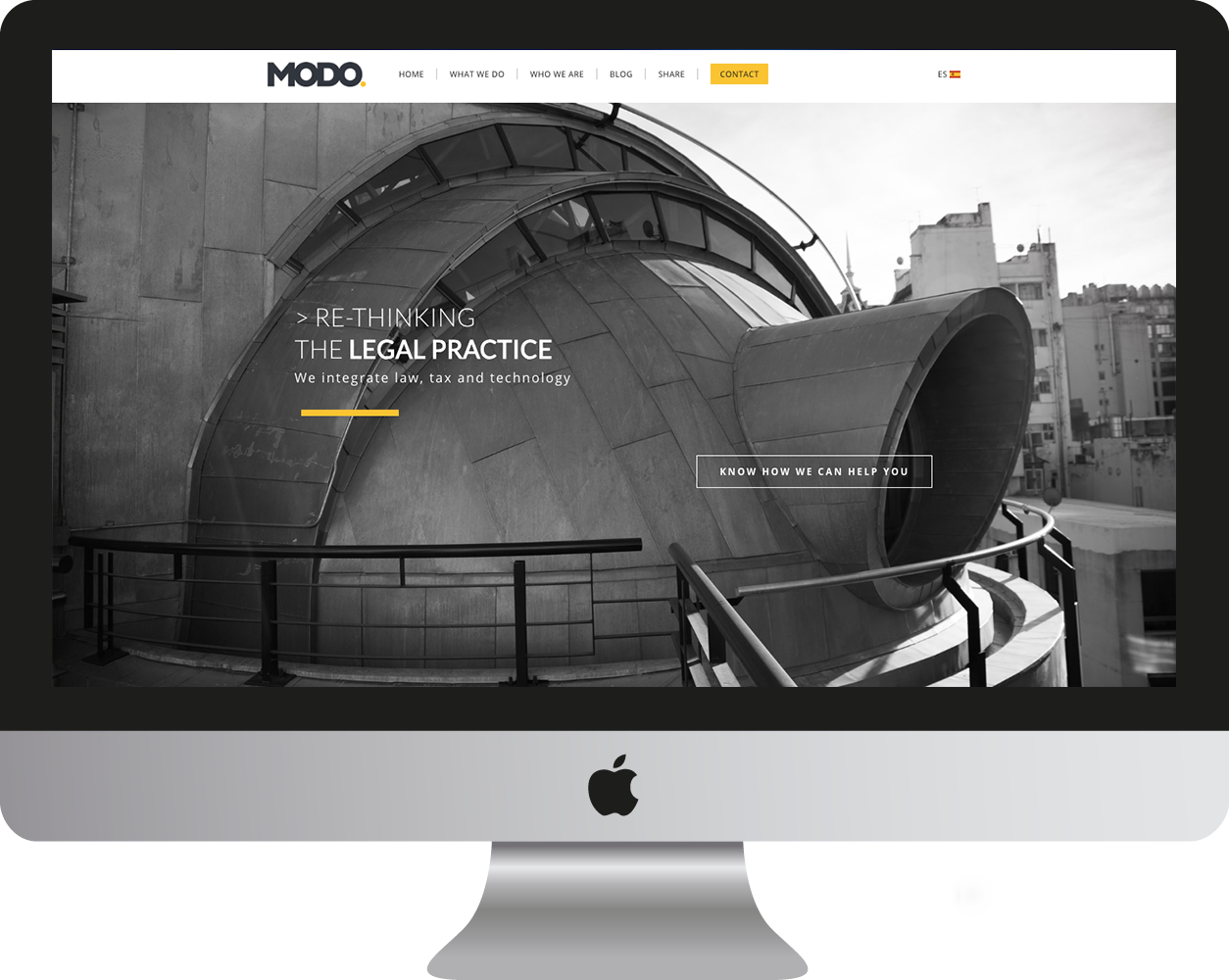
We care and get the job done.
Customized solutions require human touchpoints, crystal clear communications and local teams: features of a boutique rather of a more commercial firm.
Given that your website is the central hub of your digital presence, your website is the best way to give you a holistic view of the effectiveness of all the campaigns you are running to promote your product/services online. Google Analytics is a tool that can help you track your digital marketing effectiveness. That’s why over 80 million websites around the world uses Google Analytics. If you are not using it, we should set it up right now.
For example, just knowing the total amount of people visiting your website is not very helpful to your business. Knowing how many people visit your website by age or location, on the other hand, is very helpful to figure out who your core audiences are on the internet. You may learn, for instance, that 80% of your visitors are women between 25–35 in American cities (Sao Paulo, Buenos Aires, New York) — that’s extremely useful and actionable information about who you should be targeting with your digital marketing.
You can access data about your user demographics before they visit your website (e.g. their age, gender, and interests). You can also get data about where they are coming from, whether that’s Facebook, other websites, or Google search. This is the “user acquisition data” because they can help you figure out which user group and channels to target.
The “user behavior” data is collected during a user’s session on your website: how long a user stayed on your website, what is their first and last page on your website, the most common “pathway” through which they go through your website. Now unlike “user acquisition” data, “user behavior” data can be easily changed by your changes you make to your website. The key here is to use various analyses to identify the pages where your users get “stuck.” You can then smooth out their user experience on these problem pages so users can move seamlessly toward converting to paying customers with minimal friction.

Customized solutions require human touchpoints, crystal clear communications and local teams: features of a boutique rather of a more commercial firm.